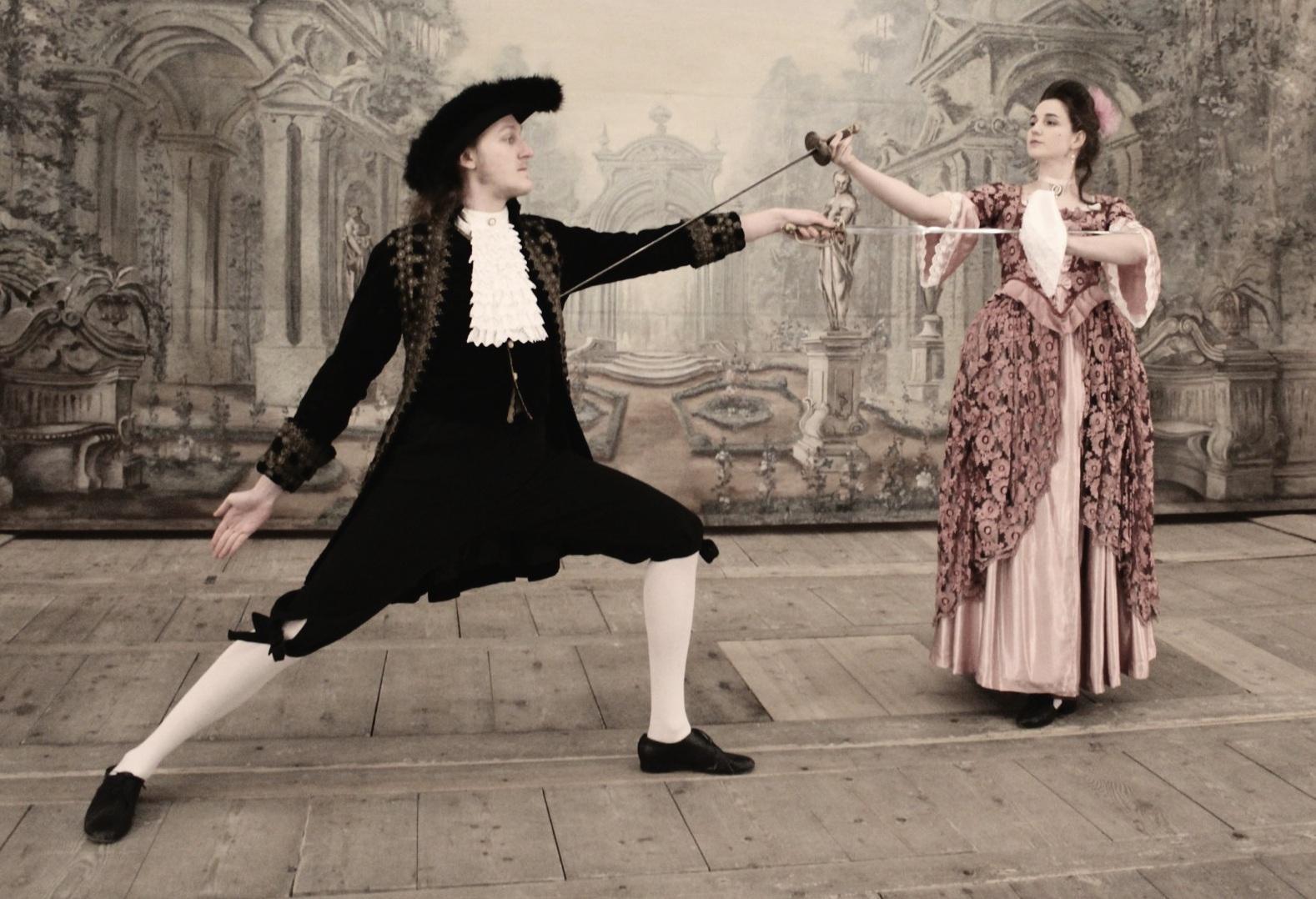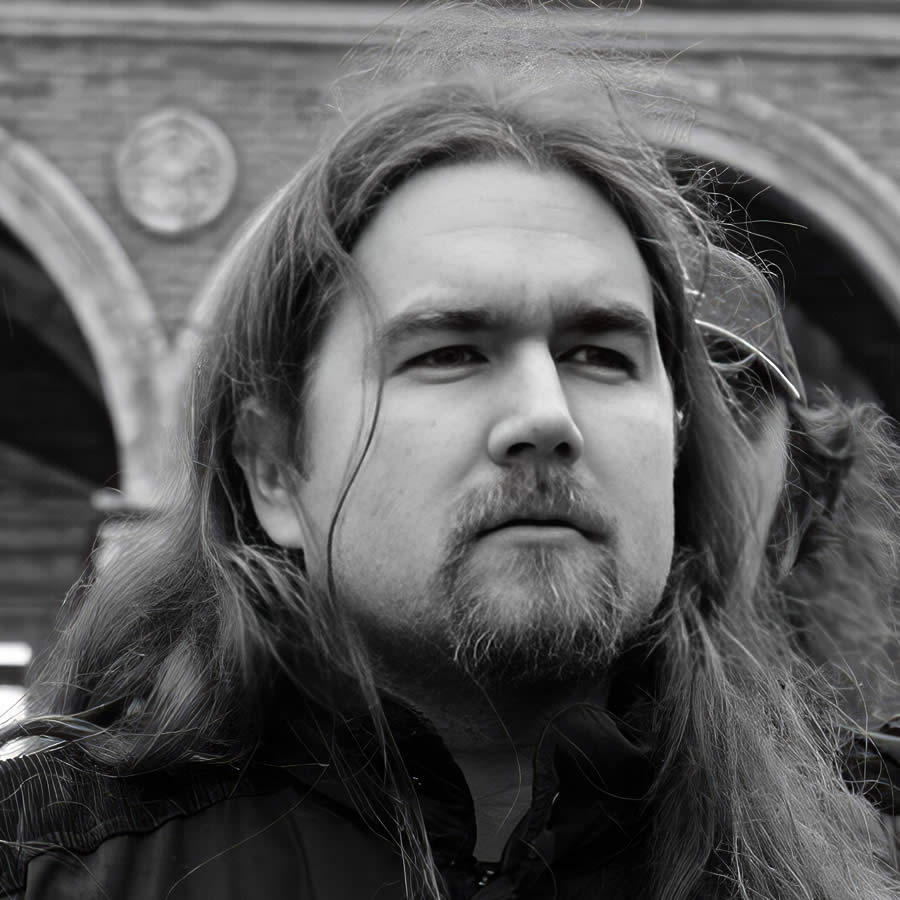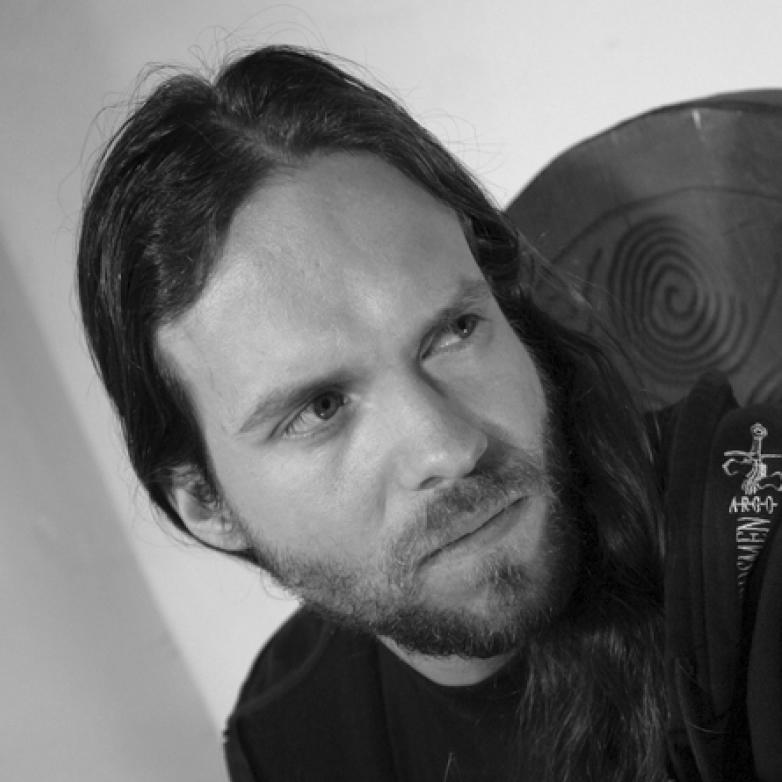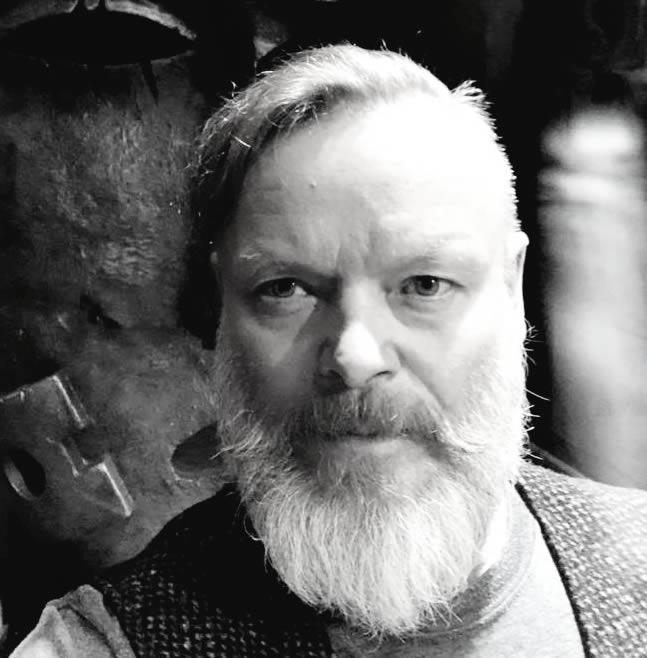The school of fighting with a cord, or rather with a fleret. The characteristic movement is linear, the attack is only stabbing, the basic retaliation is a riposte, i.e. cover and counterattack made during the opponent’s attack. The French school is characterised by a movement aesthetic best expressed in fencing salutes.

Lecturers
Filip Novotný
He works in: Prague
Jan “Jon” Šourek
He works in: Prague
Petr Nůsek A.R.G.O.
He works in: České Budějovice, Český Krumlov, Prague, Tábor
French Fencing School
This school, mainly associated with the so-called French cordique, evolved from Italian fencing on French soil. After King Charles IX founded the famous Royal Academy in 1567, he and his successors contributed to the development of national fencing and the promotion of local masters. Support from above, together with the advent of French cultural domination over Europe, led to the dominance of this school in the following centuries. During this time, weapons were gradually lightened and the light cordials became popular. The different fighting characteristics of the weapon, especially its speed, provide the basis for a different fighting style based primarily on subtle wrist work, minimalist linear body movement and a complete preference for points versus slashes. In France, the struggle becomes not only brisk but also deliberately aesthetic. Period mannerism penetrates into fencing and gives it a new dimension, the movement aesthetics smacking of obsessive ritualism can bear comparison with the Japanese tea ceremony or samurai katana work. The work of Henri de Sainct-Didier (1573) is considered to be the beginning of the French school, and among the representatives of the classical period we count especially the masters André Wernesson de Liancourt, Julien de Labat and Domenico Angelo, whose overview work was even included in the famous Diderot’s Encyclopedia as a section presenting fencing. The practice at the French Academy brought a number of innovations, especially systematic group instruction, quality protective equipment and the use of a safe substitute for a weapon (called a flechette).
The French school taught within the Magisterium is not a literal reconstruction of one selected French master and his terminology, but is a systematized excerpt and interpretation of contemporary treatises so as to not only respect the characteristic techniques of the time as much as possible, but also to allow for their safe rehearsal and staging. The system reconstructed by Ing. Peter Koza is optimized with regard to didactics, coherence and meaningfulness of techniques and already serves as a solid foundation for further development – whether in the direction of historical reconstruction, sports and recreational retreat or staging.
The French school taught within the A.K.A. (A.R.G.O.) studios uses the Magisterium system and know-how and builds in the pupils above all the basics of correct movement habits, a sense of pace and distance and purity of movement. The priority aspect is safety, safe and conscious control of the weapon and one’s own body in standard and non-standard conditions. The technical content of the training consists in teaching falls with the weapon, manipulation of the weapon (movement, holding, feeding, throwing), emphasis is placed on steps, lunges, step combinations, point attacks with a focus on accuracy, timeliness. The French school also looks at aesthetic expression, with the basics including knowledge of period gestures and salutes with arms, hat and handkerchief. Advanced techniques such as binds, covers, transfers, retaliations, renewing attacks with trompe and coupé, etc. are taught in the context of history, grappling and staging, and students learn not only the external form of movement, but also the fencing mindset.




